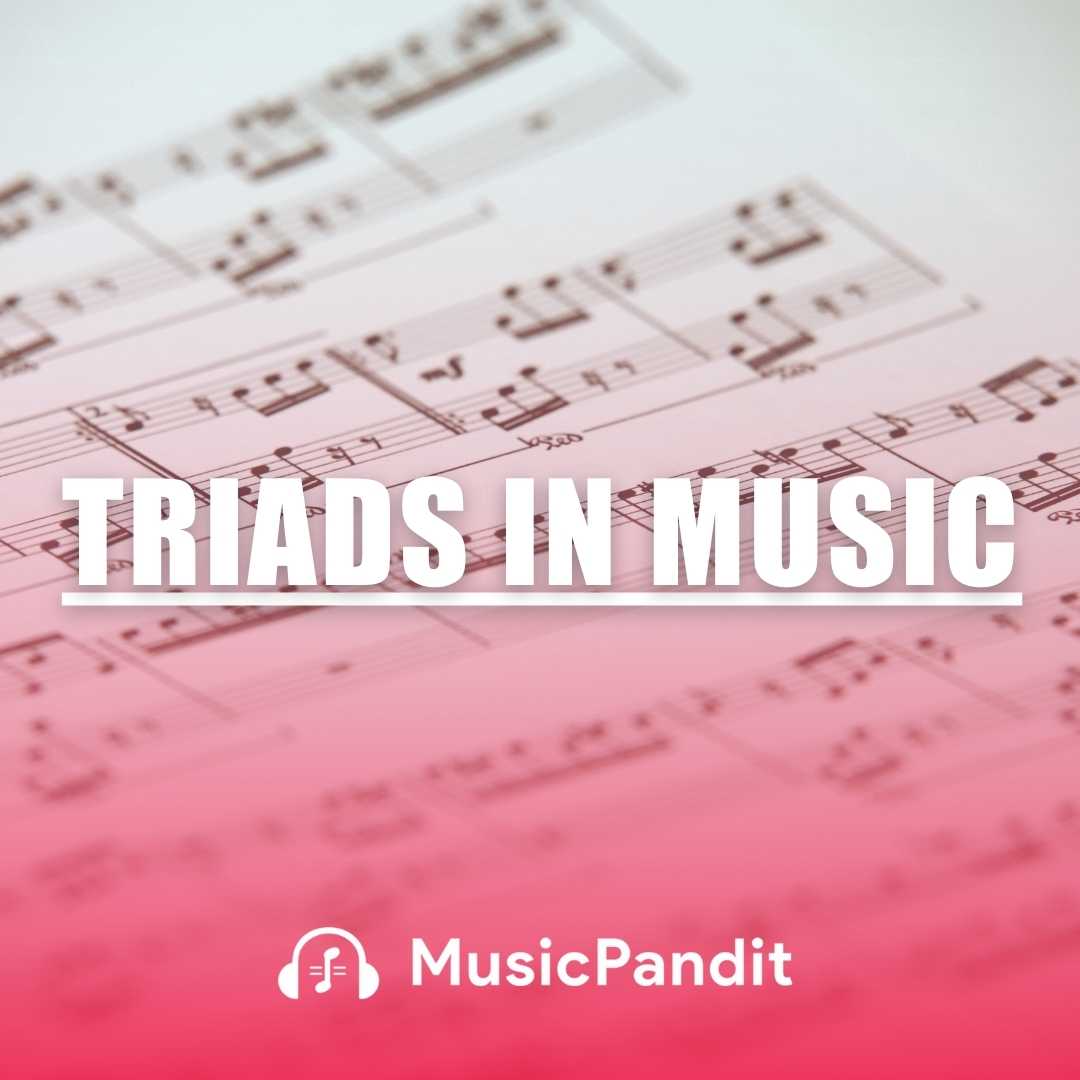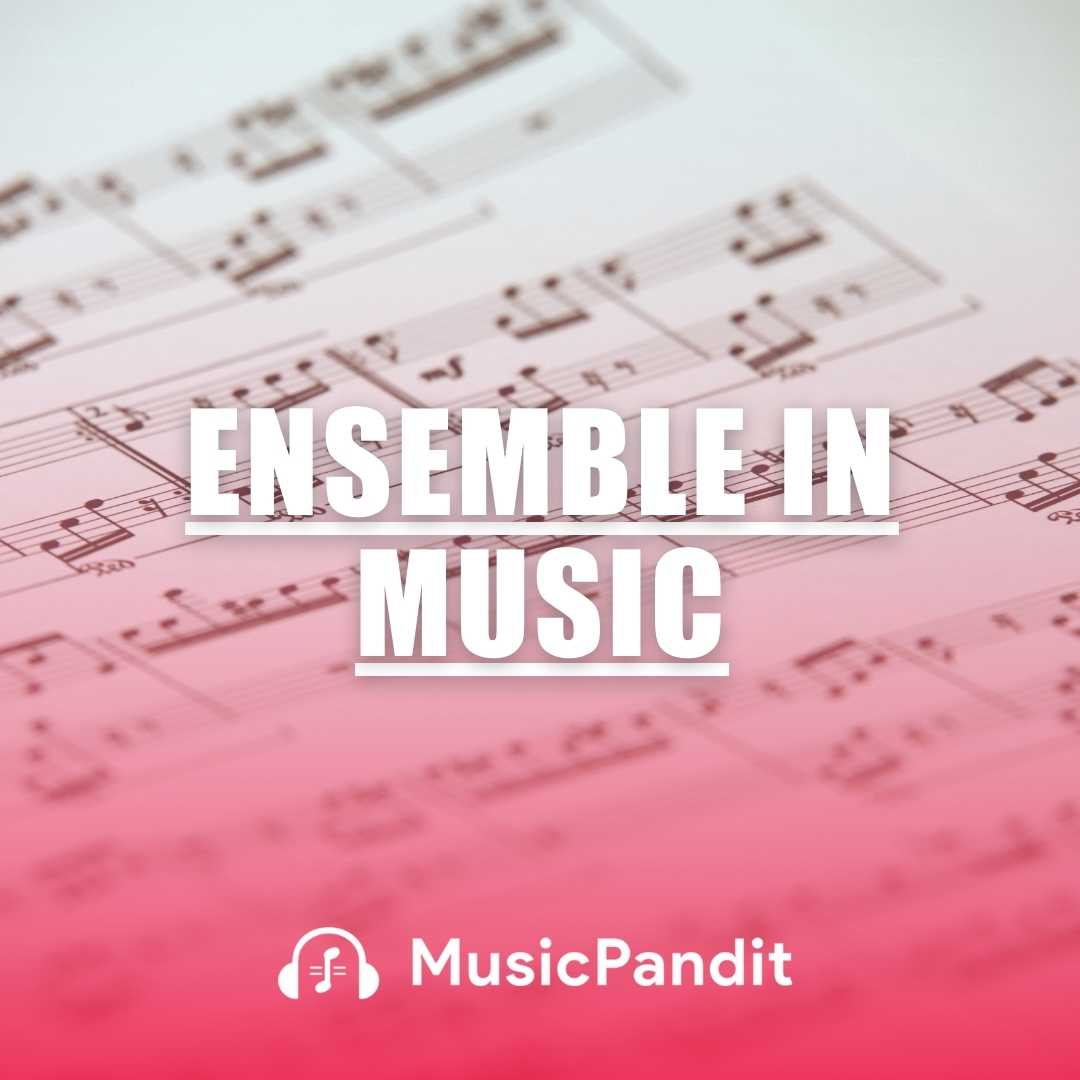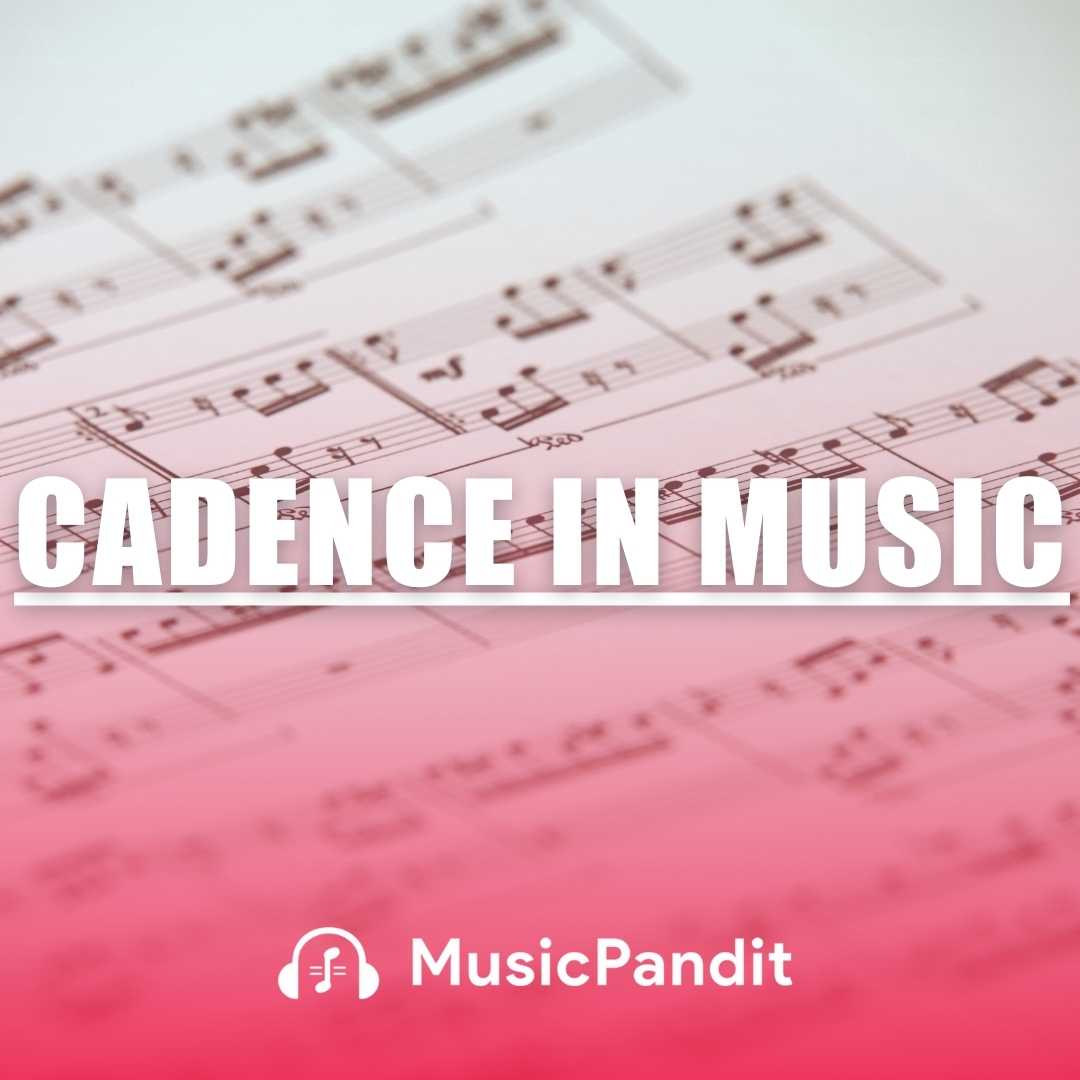In music, the concept of an octave is fundamental. It forms the basis of scales, harmonies, and much more. But what exactly is an octave, and why is it so important? This article will explore the topic of octave in detail, covering everything from its definition to its role in various musical instruments and its significance in different musical genres.
What is an Octave?
An octave is a musical interval that separates one note from another note that has double (or half) its frequency. This means that if you start at a note, say C, and move up eight steps in the musical scale (C, D, E, F, G, A, B, C), you land on the same note but at a higher pitch. The interval between these two Cs is an octave.
To put it simply, an octave occurs when the frequency of one note is twice that of another. For example, if a note has a frequency of 220 Hz, the note an octave above it would have a frequency of 440 Hz.
The Importance of Octaves in Music
Octaves are one of the most recognizable intervals in music. They are so essential that they are often considered the “same” note but at a different pitch. This similarity is why octaves sound pleasing to the ear, and why they are used extensively in music composition.
In Western music, the octave is divided into 12 semitones, creating the chromatic scale. This division allows musicians to create various scales and chords, making the octave the foundation of harmony and melody.
The Role of Octaves in Different Instruments
Piano: On a piano, octaves are easy to visualise because the keys repeat every 12 notes. The C note at the start of a group of white keys is the same as the C note at the start of the next group, but it is an octave higher. Pianos have multiple octaves, allowing for a wide range of notes.
Guitar: On a guitar, octaves can be played by moving up or down 12 frets on the same string or by playing the same note on a different string. Guitarists often use octaves to add depth to their playing, especially in solos or riffs.
Voice: Vocalists often sing in octaves, especially in group settings like choirs. For instance, male and female singers might sing the same melody but an octave apart, creating a rich and full sound.
Understanding Octave Types
While the basic concept of an octave involves doubling the frequency, there are different types of octaves that add complexity to music:
Perfect Octave: The most common type, where the frequency is exactly doubled.
Diminished Octave: A rarer form where the interval is slightly smaller than a perfect octave, creating a dissonant sound.
Augmented Octave: A slightly larger interval than a perfect octave, adding tension to the music.
Octaves in Music Theory
In music theory, octaves are crucial for understanding scales, chords, and transpositions. When learning scales, students often start with the C major scale and move through the octave from one C to the next. This helps in understanding the structure of scales and how notes relate to each other.
Chords also rely on octaves. For example, a chord might include a root note and its octave, which strengthens the sound and adds harmony. Octaves are also used in transposition, where a piece of music is moved up or down in pitch, often by one or more octaves.
Practical Exercises for Understanding Octaves
To master the concept of octaves, students can engage in various exercises:
Visual Aids: Use a piano keyboard or a guitar fretboard to visually map out the octaves. This helps in understanding the physical distance between notes.
Singing: Practise singing scales or simple melodies in octaves. This helps in internalising the sound of an octave.
Games: Create matching games where students match notes in different octaves, reinforcing the concept through repetition.
Famous Examples of Octaves in Music
Octaves have been used by countless composers and musicians to create memorable and powerful music. Some famous examples include:
Beethoven’s Fifth Symphony: The iconic opening motif features notes played in octaves, creating a dramatic and unforgettable sound.
Chopin’s Revolutionary Étude: This piece includes challenging octave passages that showcase the intensity and emotion of the music.
Queen’s “Bohemian Rhapsody”: The vocal arrangement in this rock classic includes octave harmonies that contribute to its anthemic quality.
Conclusion
Understanding the octave is essential for any music student. It is not just a theoretical concept but a practical tool that can enhance your musical skills. Whether you’re playing an instrument, singing, or composing, mastering octaves will open up new possibilities in your musical journey. By practising and exploring octaves, you will gain a deeper appreciation for the structure and beauty of music.














